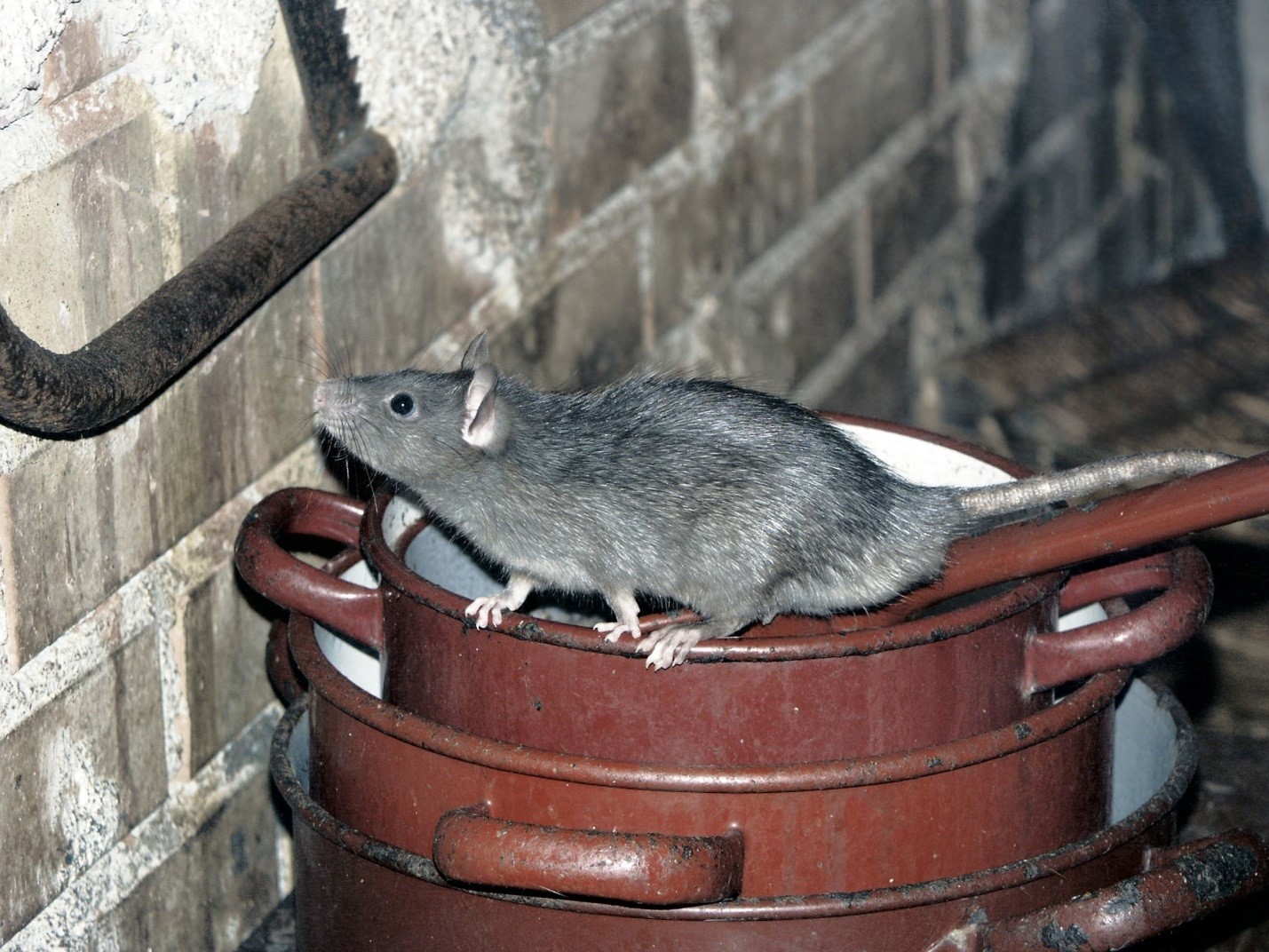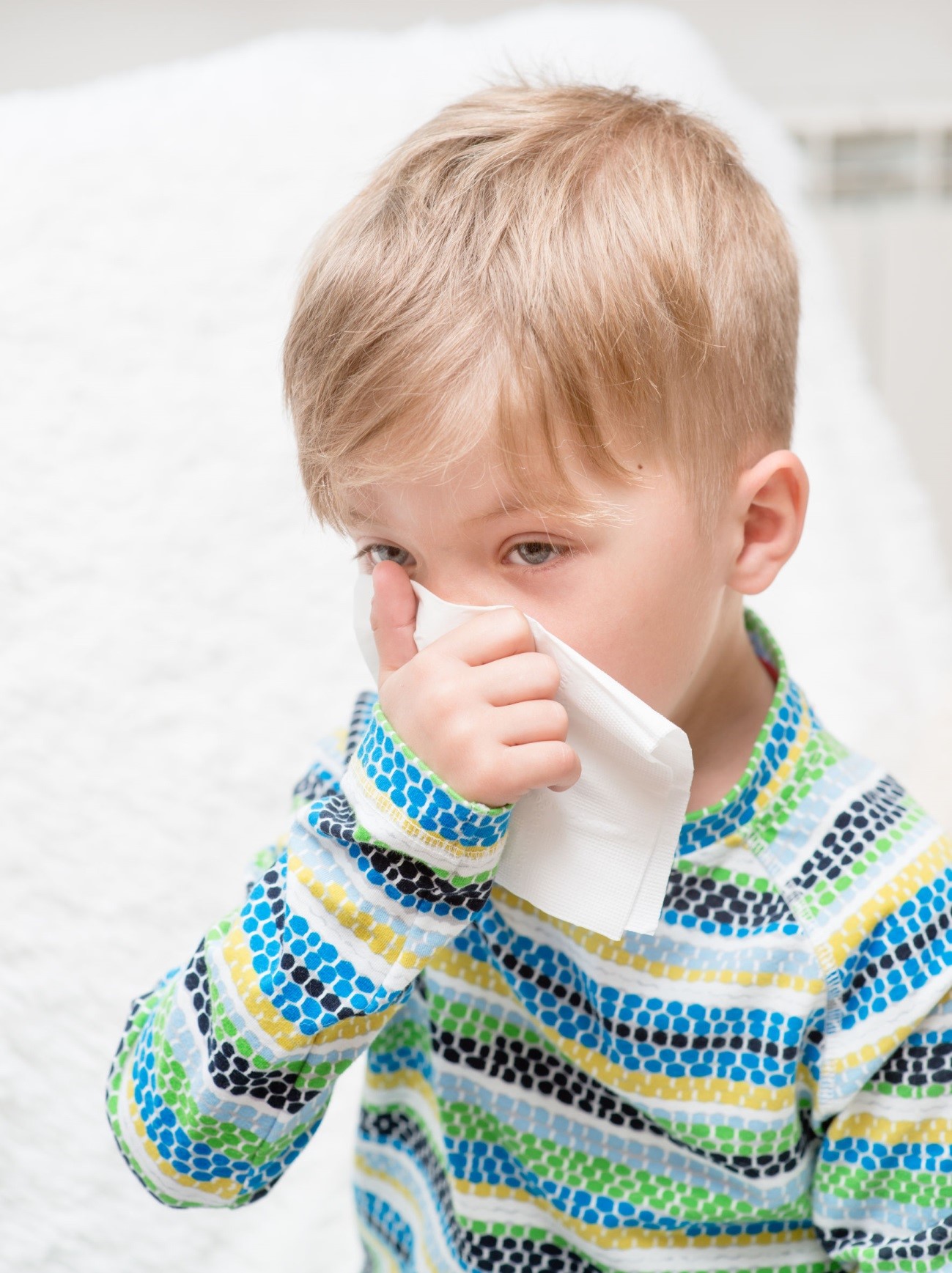Lingering in Your House: Pests and Odors in Crawlspaces

Did you ever wonder how pests like rodents, termites, spiders, ants, and biting insects manage to set up residence in your house before your very eyes? Some of them get inside the same way you do – through the front door, while others enter your home by hitching a ride on things you bring from the outside, such as boxes, lumber, or plants. For a great number of pests, however, the most common entry routes are cracks and crevices leading up to the crawl space.
The crawlspace is the underside of your home, an area built between the ground level and the bottom of the house, creating a permanent foundation and used in place of a basement. (Many buildings, especially commercial establishments, have a crawl space between some of the walls.) Its primary purpose is to facilitate air circulation through the structure and allow easy access to plumbing and electrical systems. Crawlspaces also provide an effective way to reach air ducts, substructures, and other areas that would otherwise be hard or expensive to reach.
Though crawlspaces cannot be utilized as a living space for people, they are the perfect living environment for all sorts of animal and insect pests. From raccoons to rodents, termites, carpenter ants, and more, a crawlspace offers shelter, humidity, warmth, and plenty of food sources nearby. Since it’s one of the most neglected areas of the house and often goes uninspected for several years at a time, the crawl space becomes a very convenient place for pests to live and reproduce, especially during the cold season.
While the knowledge of rats and bugs living beneath your home is, in itself, a scary and disturbing thought, pests living in your crawlspace will do more than just sitting around tight. Here’s what pests in your pest-infested crawlspace usually busy themselves with:
- Pulling down the subfloor insulation to build nests between the top of the insulation and the subfloor, whose weight will eventually cause the insulation to collapse
- Chewing through electrical wiring
- Gnawing holes in air ducts and vapor barriers
- Producing large piles of excrement, trash, and debris, which may contain bacteria and pathogens that can pose a health hazard for inhabitants
- Causing structural damage by excavating galleries or tunnels in damp or decaying wood
- Wearing away the protective coatings and coverings of wood structures and exposing them to moisture
- Channeling water, humidity, and mold spores through tunnels that run through walls, flooring, and supports, accelerating the breakdown of wooden beams and floor joists
Poor Indoor Air Quality, an Indirect Result of Pests’ Presence in Your Home

A crawlspace damaged by pest activity is a haven for all sorts of allergens. Live animal urine and excrements create gradually increasing odor concentrations in the air, which are most noticeable when the air conditioning is off and air enters living areas through natural convection. As much as 40% of the air in your house comes up through the crawlspace, which poses a serious health risk for allergic and sensitive individuals in the presence of pests.
Dead animals pose an even greater risk of indoor air contamination. Odors from dead rodents, raccoons, and other pests trapped in your crawlspace will be strongest in one room and then gradually spread to a larger area. The odor is often unbearable as bacteria digest the carcasses and will potentially attract other pests, such as large flies.
The moisture that attracts pests in the first place also allows mold and mildew to grow, which produce irritants and potentially dangerous mycotoxins affecting respiratory health. At the same time, a crawlspace that’s currently poorly insulated or sealed due to pest activity can allow a considerable amount of heat to escape your home, resulting in cold floors, drafty rooms, and higher energy bills for heating and air conditioning.
As pests continue to live, feed, create waste, and die in your crawlspace, odors from their decomposing bodies, along with mold spores, dander, and other allergenic substances will continue to travel upwards in your home. An experienced pest inspector can locate and identify the type of pest living inside your house, analyzing the full extent of the damage and presenting viable options for their extermination.
It’s best to contact a pest control company that also provides exclusion and repair services, which includes a detailed inspection of your house’s foundation and siding and sealing all possible pest access points. You will be given professional advice on how to eliminate attractants from your crawlspace and prevent new infestations in the future.
About the Author
Daniel Mackie, co-owner of Greenleaf Pest Control, is a Toronto pest control expert well-known as an industry go-to guy, an innovator of safe, effective pest control solutions, and is a regular guest on HGTV. Mackie, along with business partner Sandy Costa, were the first pest control professionals in Canada to use detection dogs and thermal remediation for the successful eradication of bed bugs. In his free time, he is an avid gardener.



You must be logged in to post a comment.